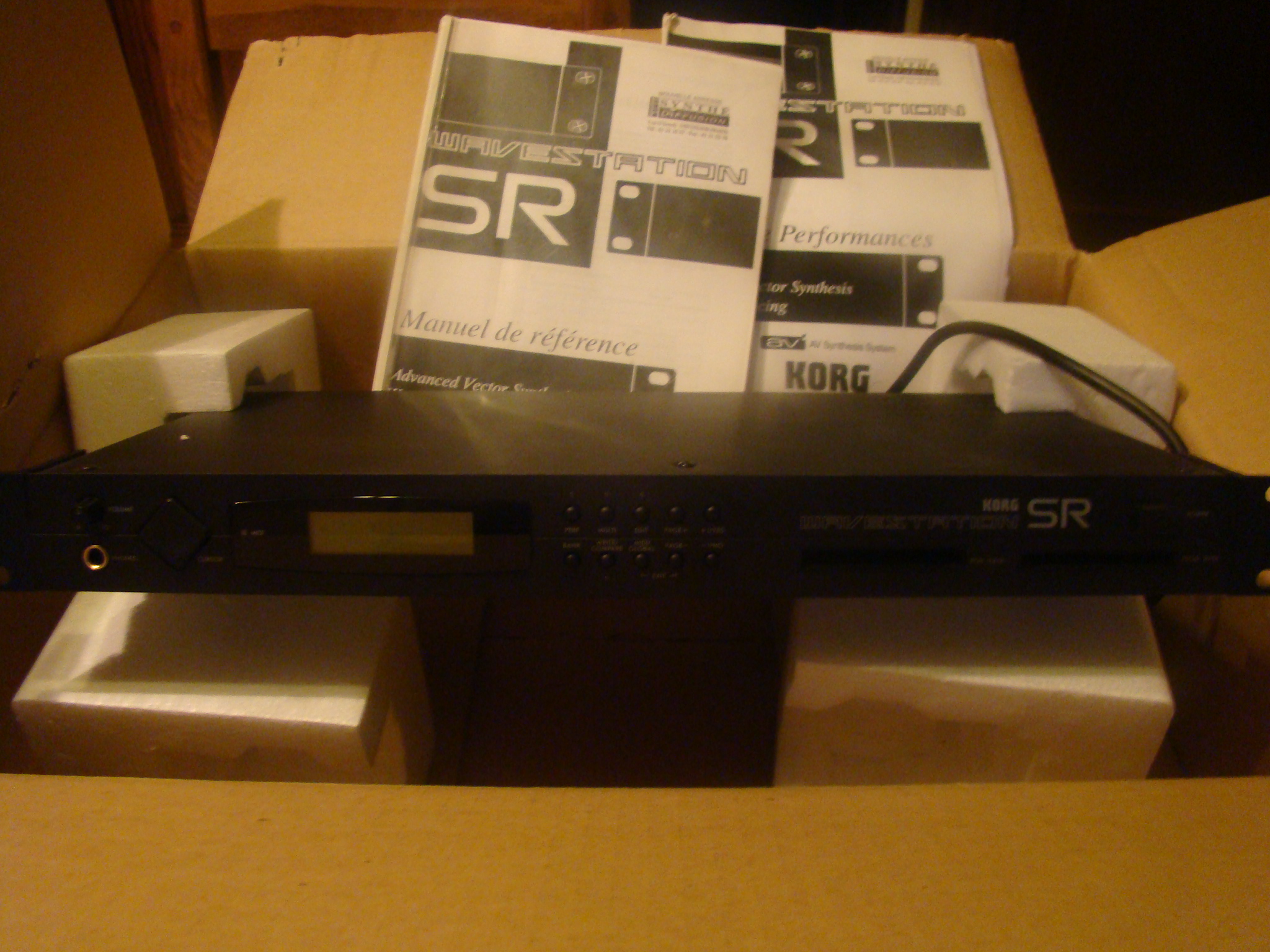

Each step of a lane can play a new sound, have a different volume, pitch, and so on. In the Wavestation sound engine, there are four lanes: A, B, C, and D. It is a faithful reproduction of the original Wavestation sound: In addition to providing the sounds from all the memory cards for the Wavestation, the new iWavestation also reproduces every detail of the parameters, based on an analysis of the original hardware circuit diagram. Working with an agile international team based out of Tokyo and San Francisco we prototyped and tested the app to deliver a very intuitive and fun user experience. The four onboard arpeggiators can interact with Wave Sequences for even more possibilities.The iWavestation design places an emphasis on manipulating multi-dimensional sound sequences in real time and creating based on discovery. The result is organic, ever-changing sounds that respond to your control. Finally, individual steps can be randomly skipped, with a modulatable probability from 0 to 100%. Lanes can also randomize the step order every time they play, with realtime control over the range of included steps. Each note in a chord can be playing something different!

You can modulate each Lane’s start, end, and loop points separately for every note, using velocity, LFOs, envelopes, Mod Knobs, or other controllers. For instance, a sample may be matched with a different duration, pitch, shape, gate length, and step sequence value every time that it plays. Each of these is a “Lane,” and each Lane can have a different number of steps and its own start, end, and loop points.Įvery time the sequence moves forward, the individual Lanes are combined to create the output. Also added are new characteristics including shapes, gate times, and step sequencer values. Wave Sequencing 2.0 splits apart the timing, the sequence of samples, and the melody, so that each can be manipulated independently. What if they could evolve in organic, unexpected ways, instead of just repeating? This created ear-catching patterns–but the patterns repeated the same way, over and over. With the Wavestation, each step of a Wave Sequence had a duration, a sample, and a pitch.


 0 kommentar(er)
0 kommentar(er)
